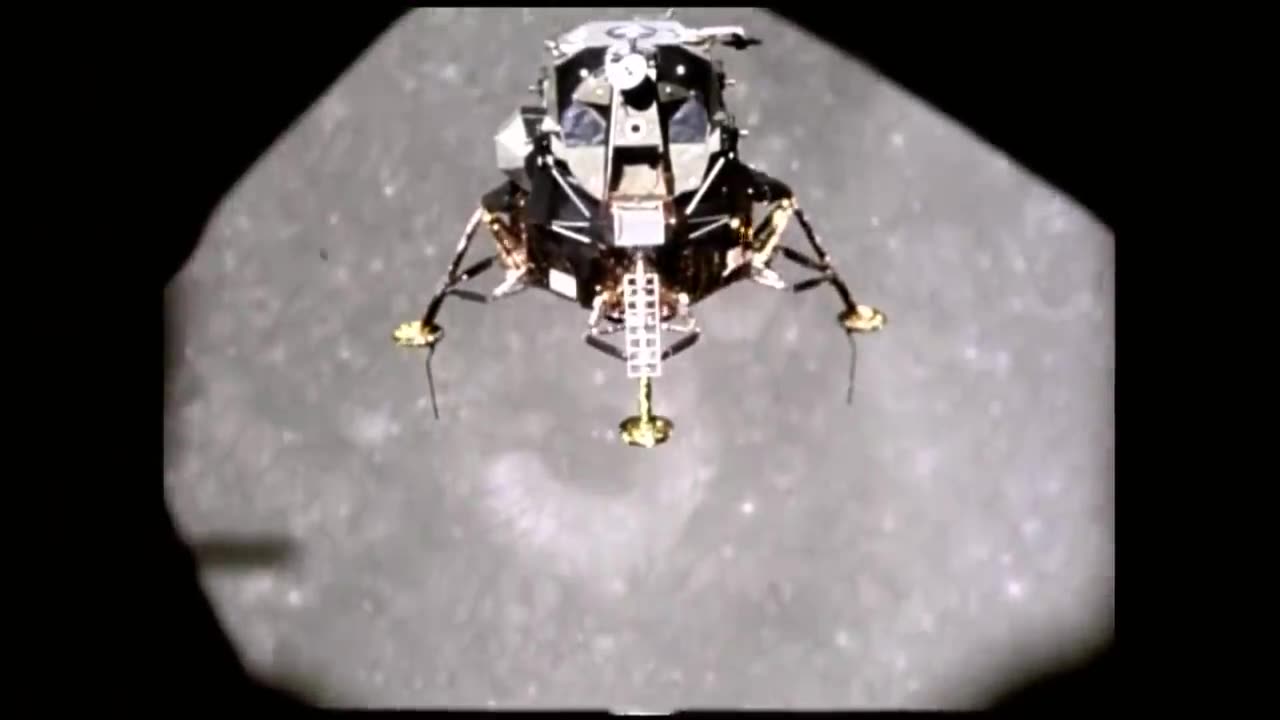Premium Only Content

Nasa Moon Landing 4k
Nasa
Search NASA.gov
NASA TV
MORE STORIES
Black HolesArtist illustration of the tidal disruption ASASSN-14li.
Oct 22, 2015
Destroyed Star Rains Onto Black Hole, Winds Blow It Back
Artist illustration of the tidal disruption ASASSN-14li.
Artist illustration of the tidal disruption ASASSN-14li.
Credits: NASA/CXC/U. Michigan/J. Miller et al.; Illustration: NASA/CXC/M. Weiss
Read full caption
New details about what happens when a black hole tears apart a star have been gathered by a trio of orbiting X-ray telescopes, giving scientists an extraordinary opportunity to understand the extreme environment around a black hole.
When a star comes too close to a black hole, the intense gravity of the black hole results in tidal forces that can rip the star apart. In these events, called “tidal disruptions,” some of the stellar debris is flung outward at high speeds, while the rest falls toward the black hole. This causes a distinct X-ray flare that can last for a few years.
NASA’s Chandra X-ray Observatory, Swift Gamma-ray Burst Explorer, and ESA/NASA’s XMM-Newton collected different pieces of this astronomical puzzle in a tidal disruption event called ASASSN-14li, originally discovered in an optical search by the All-Sky Automated Survey for Supernovae (ASAS-SN) in November 2014.
The event occurred near a supermassive black hole estimated to weigh a few million times the mass of the sun. The black hole is located in the center of PGC 043234, a galaxy that lies about 290 million light years from Earth. This makes this event the closest tidal disruption discovered in a decade.
“We have seen evidence for a handful of tidal disruptions over the years and have developed a lot of ideas of what goes on,” said Jon Miller of the University of Michigan in Ann Arbor, who led the study that is described in a paper published in the latest issue of Nature. “This one is the best chance we have had so far to really understand what happens when a black hole shreds a star.”
After the star is destroyed, the black hole’s strong gravitational force pulls most of the remains of the star toward it. This infalling debris is heated to millions of degrees and generates a huge amount of X-ray light. Soon after this surge of X-rays, the amount of light decreases as the material falls beyond the black hole's event horizon, the point beyond which no light can escape.
Gas often falls toward black holes by spiraling inward in a disk. But how this process starts has remained a mystery. In ASASSN-14li, astronomers were able to witness the formation of such a disk
-
 2:46:55
2:46:55
TimcastIRL
10 hours agoDemocrats Launch DESPERATE MILLION Dollar Bid To Find "Liberal Joe Rogan" Project SAM | Timcast IRL
270K102 -
 2:51:42
2:51:42
Laura Loomer
10 hours agoEP123: Trump Admin Puts Harvard In Their Crosshairs
55.2K20 -
 6:29:41
6:29:41
MyronGainesX
1 day ago $38.06 earnedCharlie Kirk vs 400 Cambridge Students And Andrew Wilson vs Feminist
104K23 -
 9:11:39
9:11:39
Bitcoin Magazine
1 day agoThe Bitcoin Conference 2025 | Day 1 Livestream
246K15 -
 23:08
23:08
Producer Michael
16 hours agoWE FINALLY FLEW HIM TO BEVERLY HILLS! MILLION SUBSCRIBER GIVEAWAY
62.9K5 -
 1:29:30
1:29:30
Glenn Greenwald
13 hours agoThe ADL's Censorship Mission Revealed | SYSTEM UPDATE REVISITED
105K39 -
 7:28:51
7:28:51
Reolock
11 hours agoWoW Classic Hardcore | Levels for DAYS
64.9K2 -
 3:33:02
3:33:02
Barry Cunningham
11 hours agoPRESIDENT TRUMP WANTS TO HELP YOU BE RICH! AND THAT'S NOT A BAD THING!
76.9K18 -
 2:05:09
2:05:09
Amish Zaku
1 day agoCall in Creations Volume 1 - Full Album
38.2K8 -
 3:15:39
3:15:39
Culturama Podcast
10 hours agoJordan Peterson Fake Christian?
32.7K7